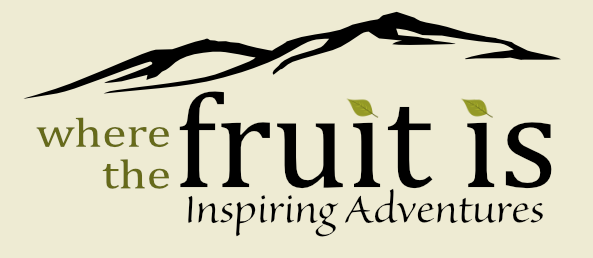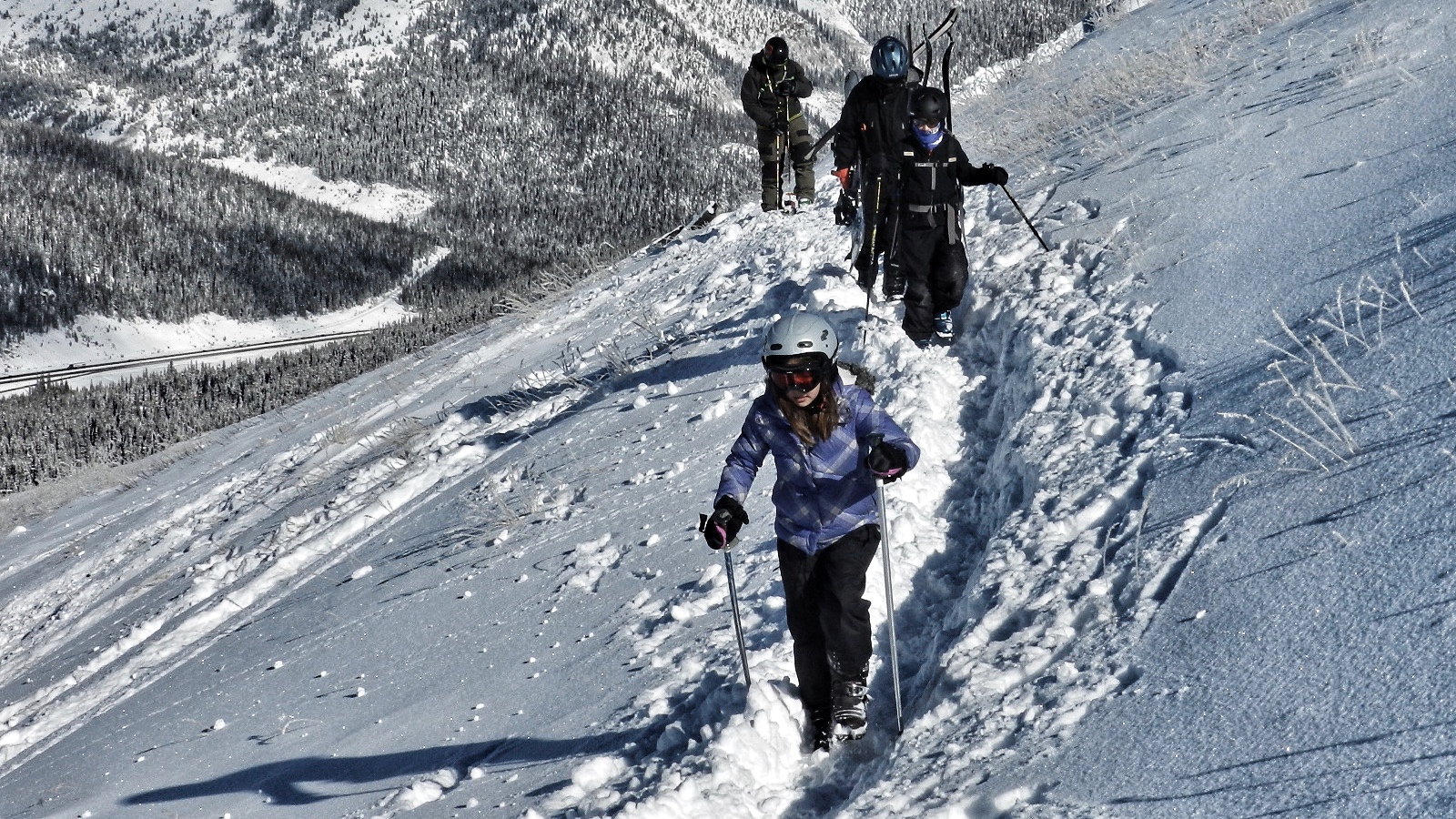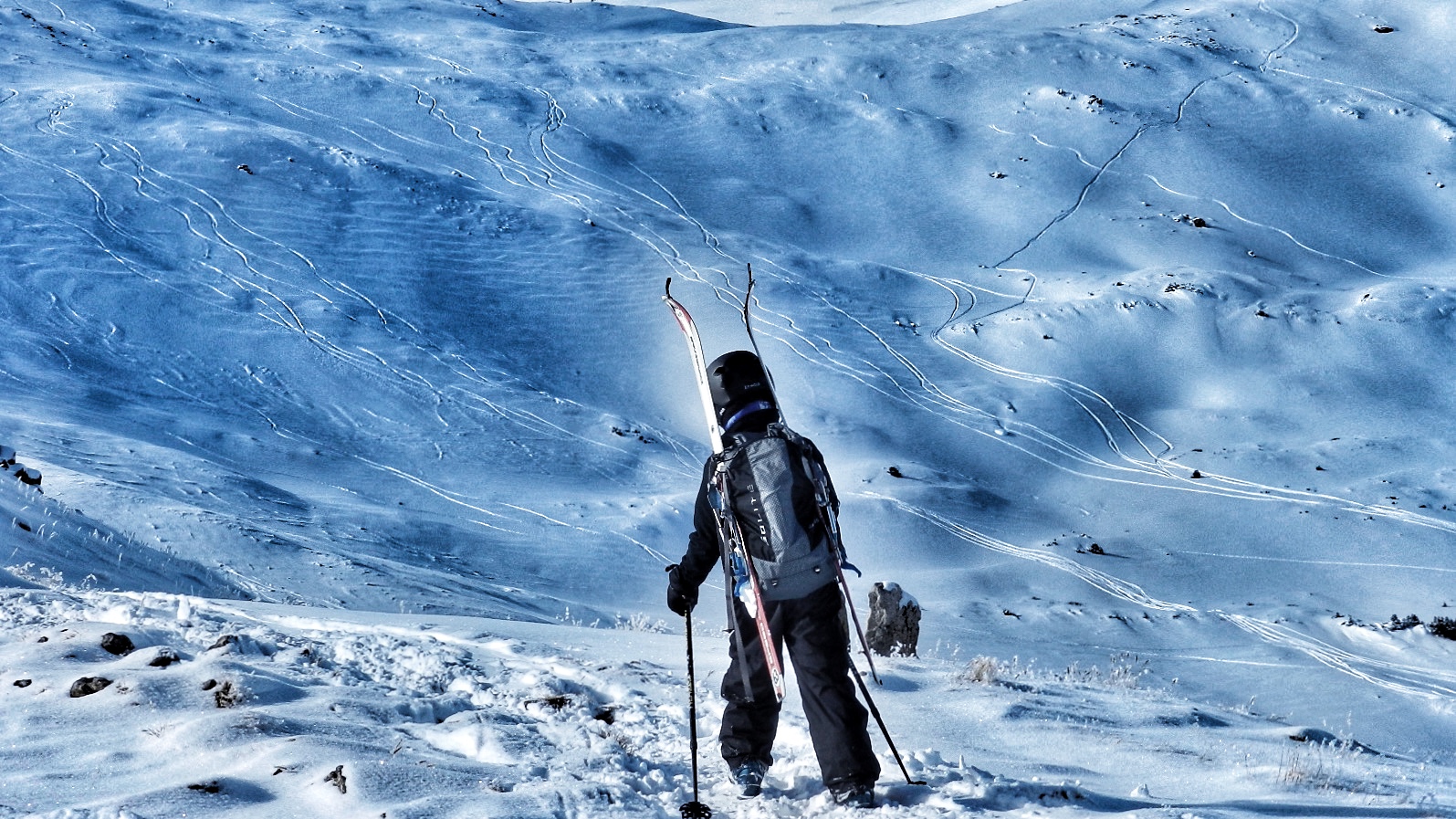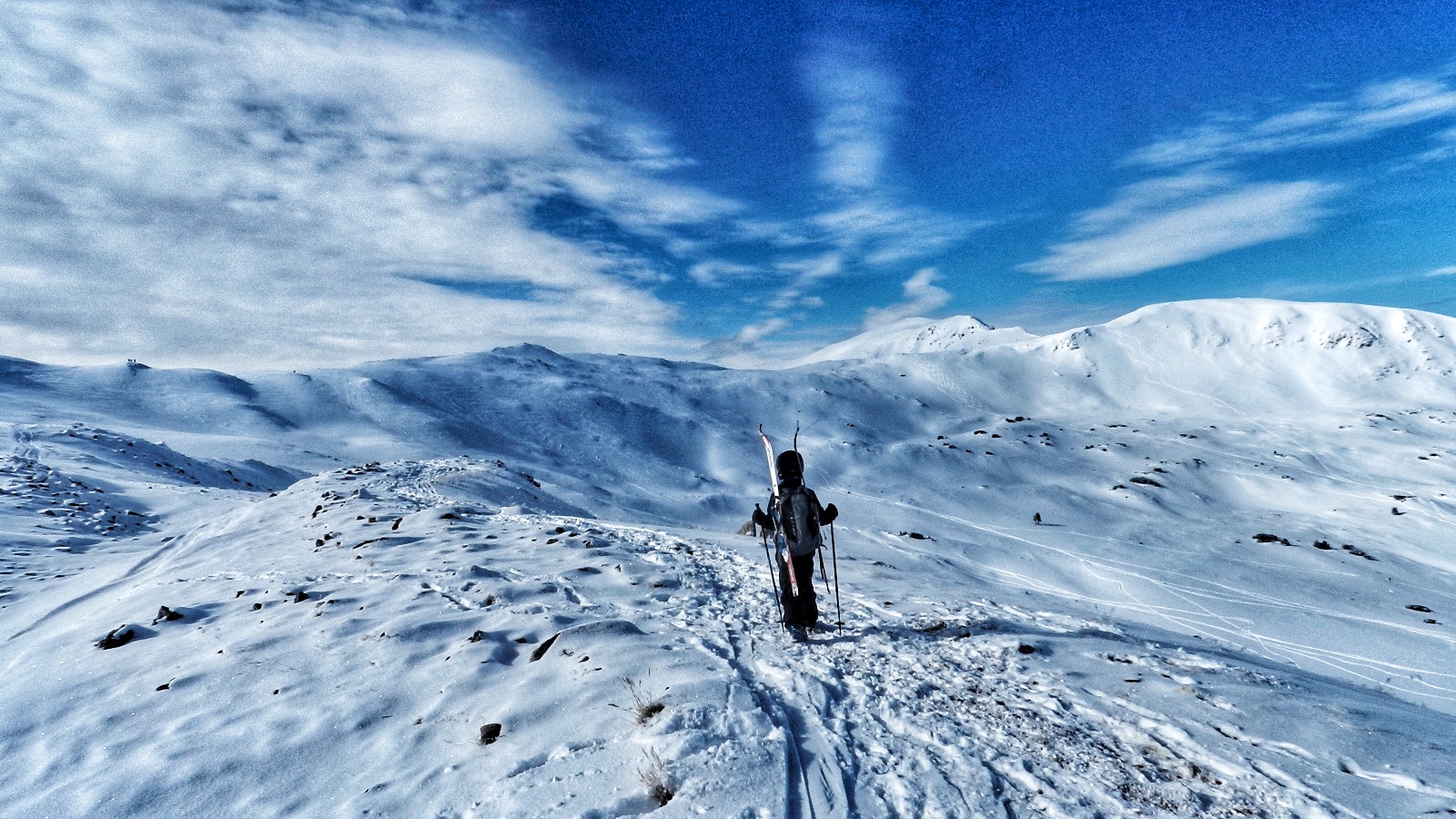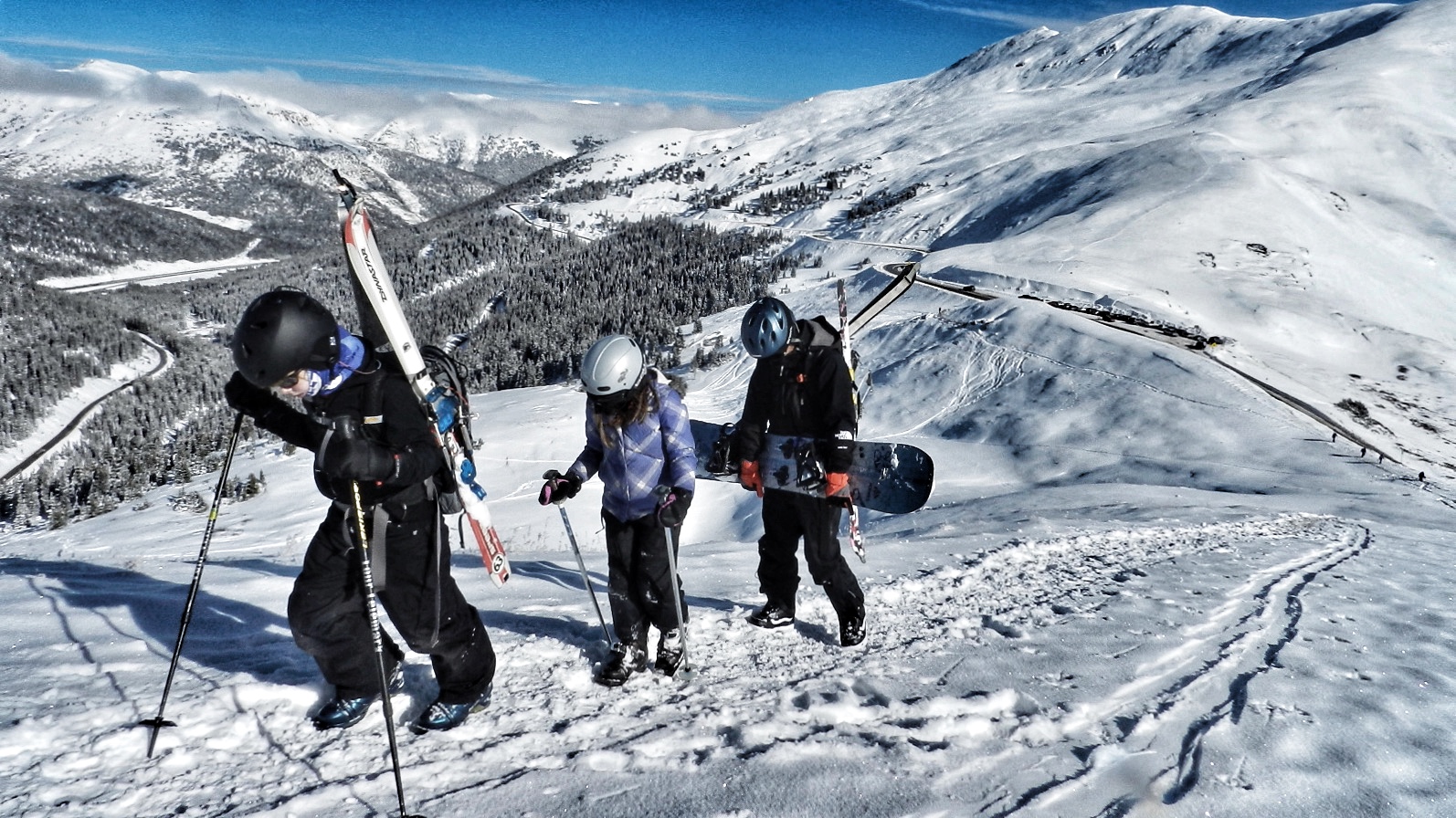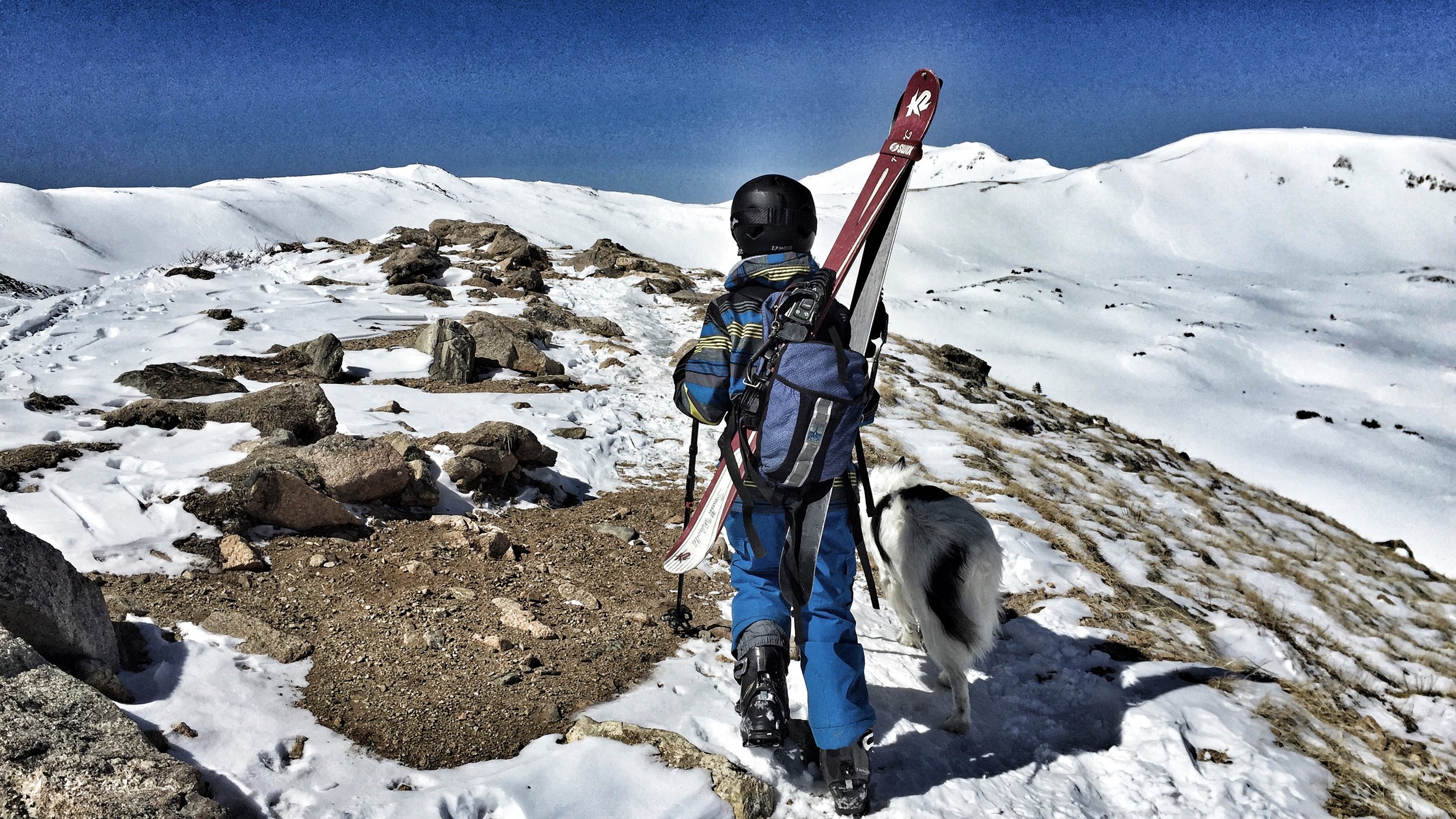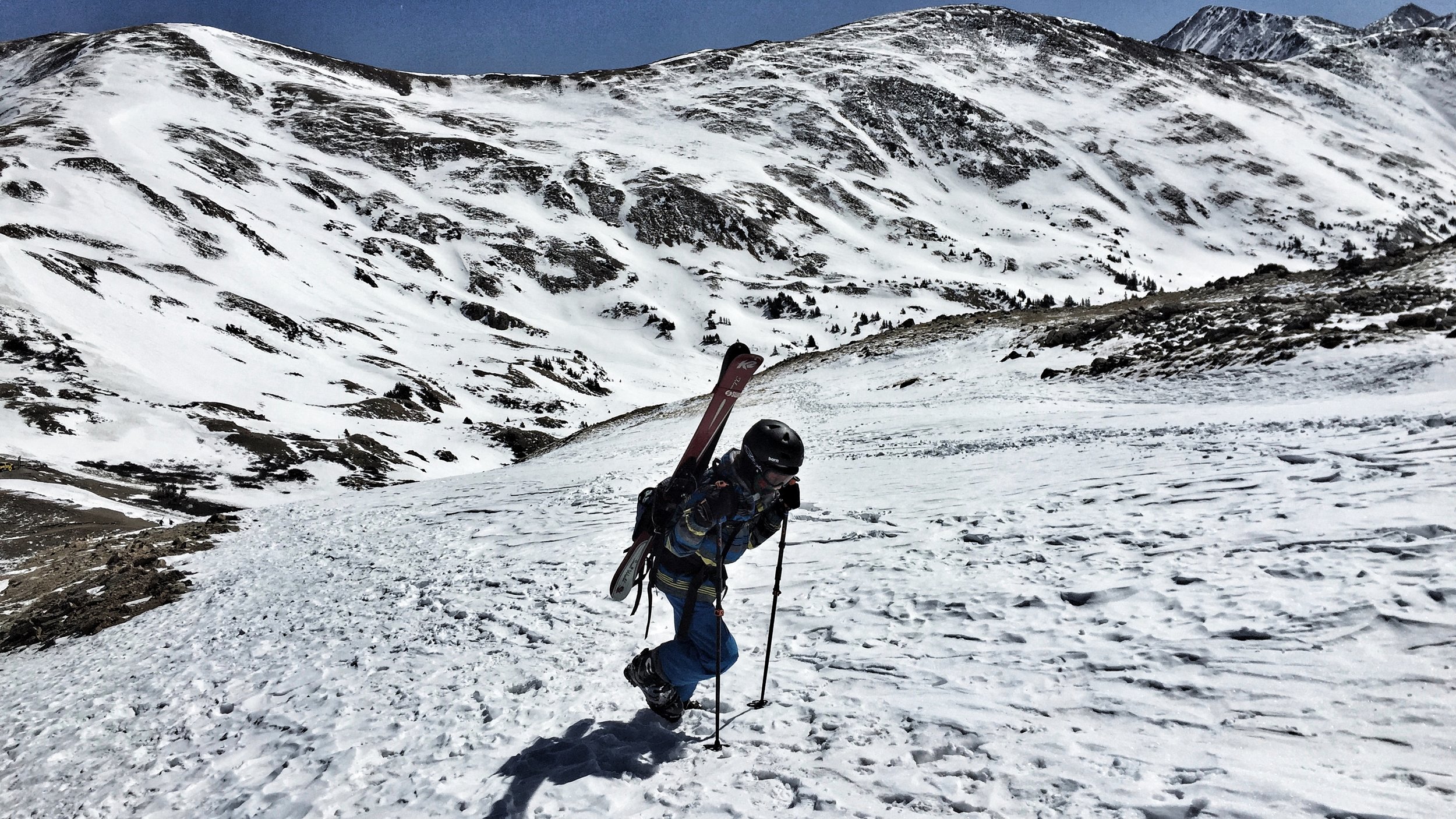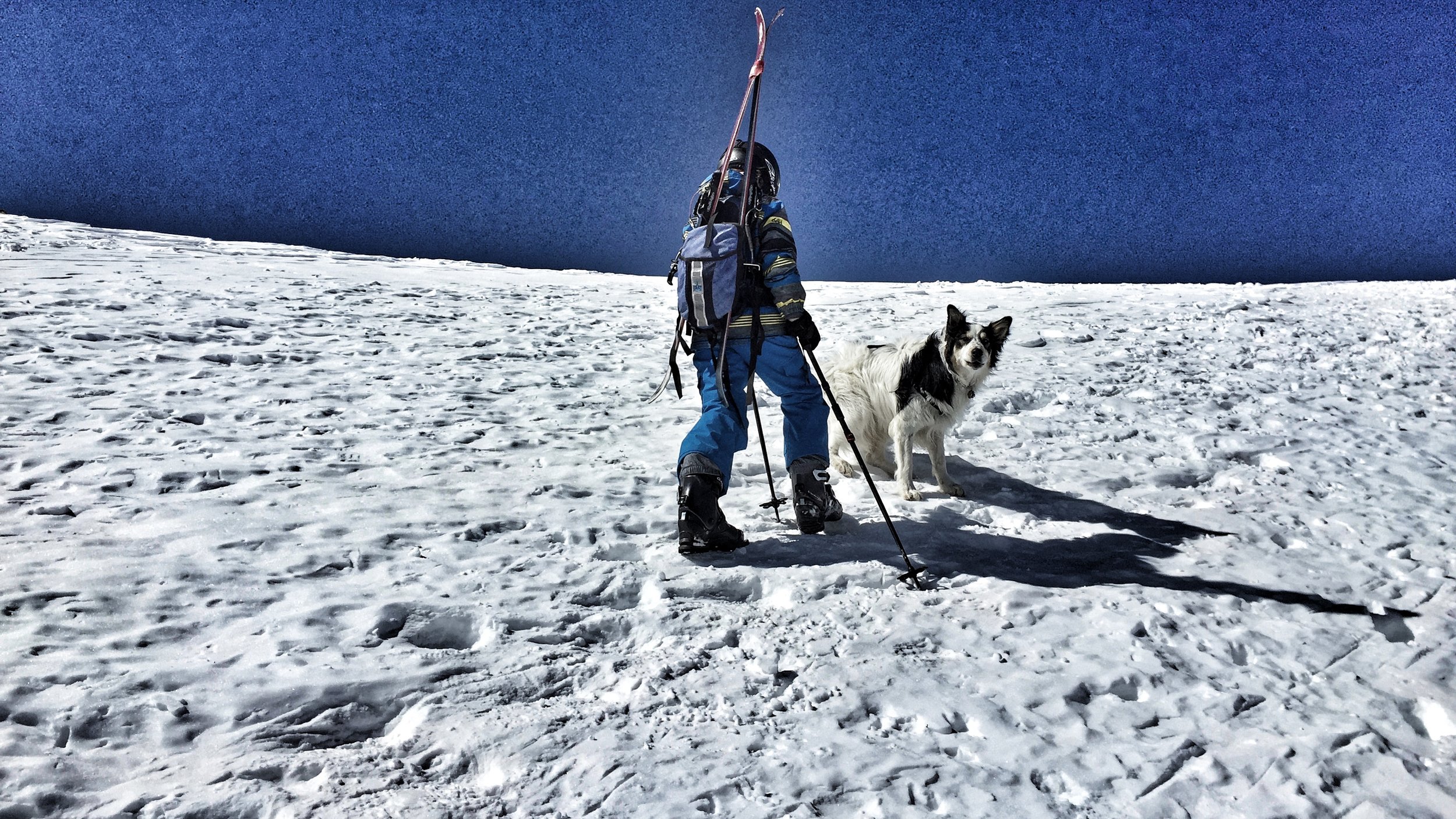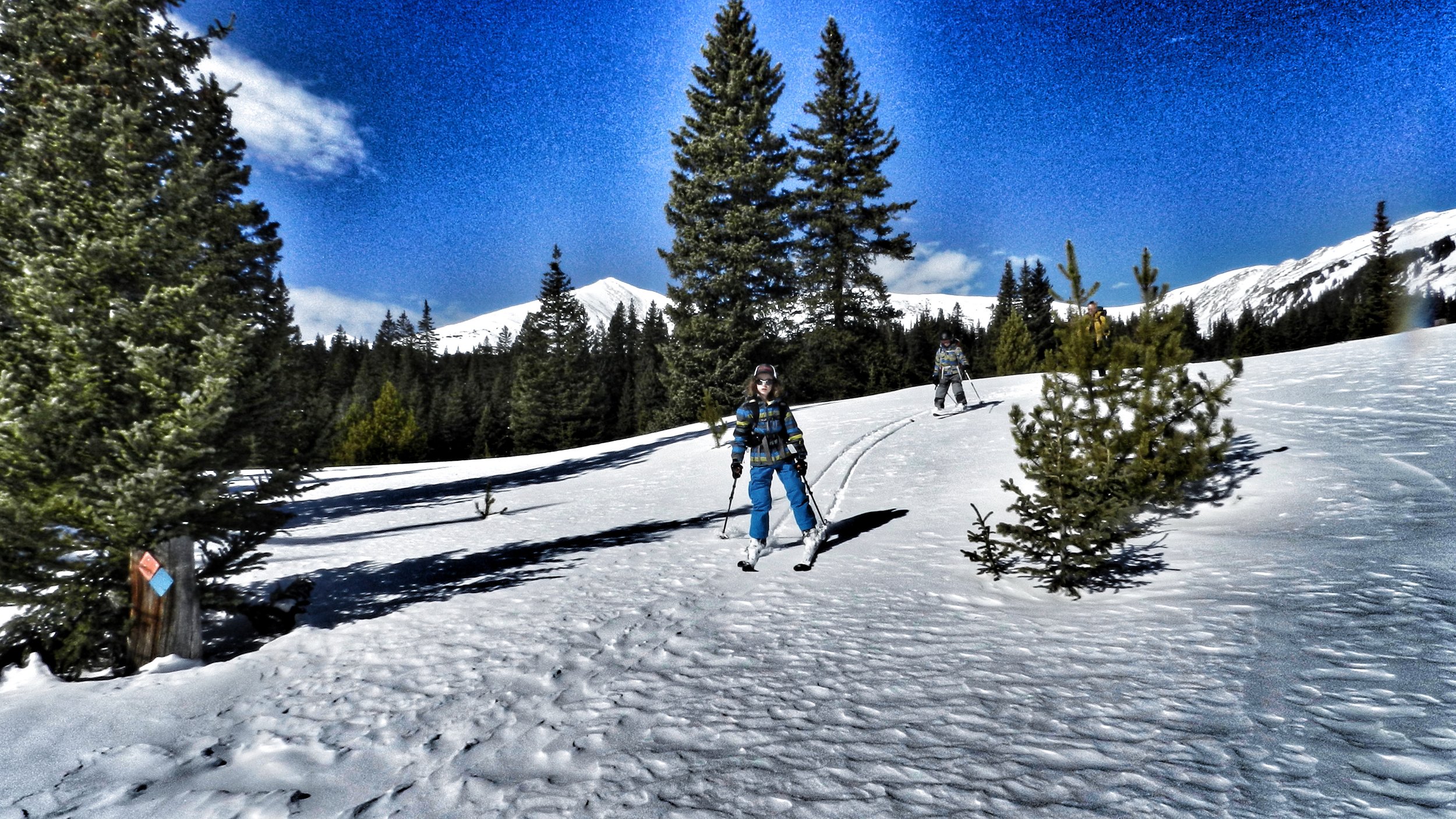Mitigating Backcountry Risks Riding Snow With Children?
Who doesn’t benefit from this kind of day?
Are you driven much by other people? Some folk instill you with confidence as soon as you get in the car. Others have you feeling that if there was an ejector seat you would reach for the lever. Being driven around the Himalayas is one of life’s great experiences. It is terrifying. You are sat at the mercy of a driver whose beliefs do not need him to hang onto life in the same way you do. You drive around tight curves with steep precipices above and below. The dirt that makes up the road has a habit of collapsing. Peering over the edge you can see the rapids in the river. They are 2000 feet away.
The question is how does my son see me? Scrawny Nepali bus driver or a chauffeur replete with leather gloves, cap and tie? Does he think I have his best interest at heart? More importantly should he? Since having a child my concepts of risk management have changed. That said I am still going to throw myself down things when it feels right. What I do when I am with Cai has been another matter all together.
Even when I ski in the backcountry alone, which I do a fair amount. I still ride steep lines when the conditions are favorable. I would say I am cautious but I would be completely deranged if I thought I was infallible. In the past, when I skied with Cai it was a completely different story. My modus operandi has been to mitigate the risks to a level that they are almost non existent. By far the most dangerous thing we do is drive to the venue.
Things are now starting to change. I now have two years to completely school Cai in the ways of the snow warrior. When he starts driving I have no control of what he does, how he does it or who he does it with. When I reflect on my teen years all I can say is I am fortunate to still be here. So now the emphasis is on preparing Cai for his growing independence.
Our main goal is to spend time recognizing terrain and courting it in a thoughtful way. We are doing more beacon practices and checks. I will teach him to dig in an efficient and quick way. We will start going out with more people so that he sees how to manage group dynamics. We will practice different forms of communication. I will incorporate him more in the planning of a trip. Looking at maps and especially slope angles. Cross referencing maps with the Avalanche advisory reports. One of the things I love about digital maps is that we can print them out or copy them and then draw all over them. We can plot wind directions, loaded slopes, and data from the avalanche report. Best of all the slope angles are already marked. We can highlight a safe route with alternative plans. Now I can even download all this on to my phone. Technology blows this old fart’s mind.
It is not that he is new to all this. Like any child if you make sure he is witness to things even if not formally involved then he absorbs it. Before family hut trips we would all gather for a couple of evenings before going. We made the children sit through some things. We usually ran the ”know before you go” video. We taught some avalanche protocols. We did a beacon practice. We explained decisions. We showed them some avalanche teaching props. They helped choose meals. A lot of the meeting we let the kids play while we chatted and organized. This way they understood that there was a system, even if they were not sure what it was.
What they did not see was the process of choosing the huts. It was the same way I chose all the routes with Cai. We looked for routes with slope angles so low there was little if any chance of them sliding. There were no connected slopes. We made sure there was nothing hanging above any of the routes we would take. The skiing was not going to be exciting for adults. It was though beautiful and it was shared. I also had no fears taking Cai out alone because I had no expectations that he would have to help me. When you work with clients in the outdoors you have to make decisions. What kind of terrain you take them into? You do this based on the level of risk they are willing to accept and the level of skill they have to deal with a situation. With my child I worked off the premise that I was going to mitigate a vast majority of the risk. The plan was he was never going to have to deal with a situation. To this end we tended to stick to the same routes. There were times that we stretched the boundaries of what was comfortable. But this was usually a reflection of distance or effort required rather than terrain.
We also maximized bang for buck. If there was a way of using a drivable pass to gain significant height then we used it. Cai learned the art of hitch hiking, which is a lot more risky than the descent but is part of the fun. I have not taught him but I hope he realizes one of the major parts of the risk management process. Balancing the risk of gain with the risk of loss. When they are young, the smallest things have the potential for creating gain. With this in mind there is no need to flirt with loss. You don’t need to do it. Make it about their experience. Find your joy in sharing the beauty and experience with them. This way you take all the weight off your shoulders. You do not have to do anything with any potential for harm. Find the easy lines with no cause for worry and enjoy the delighted squeals of a child in snow.
